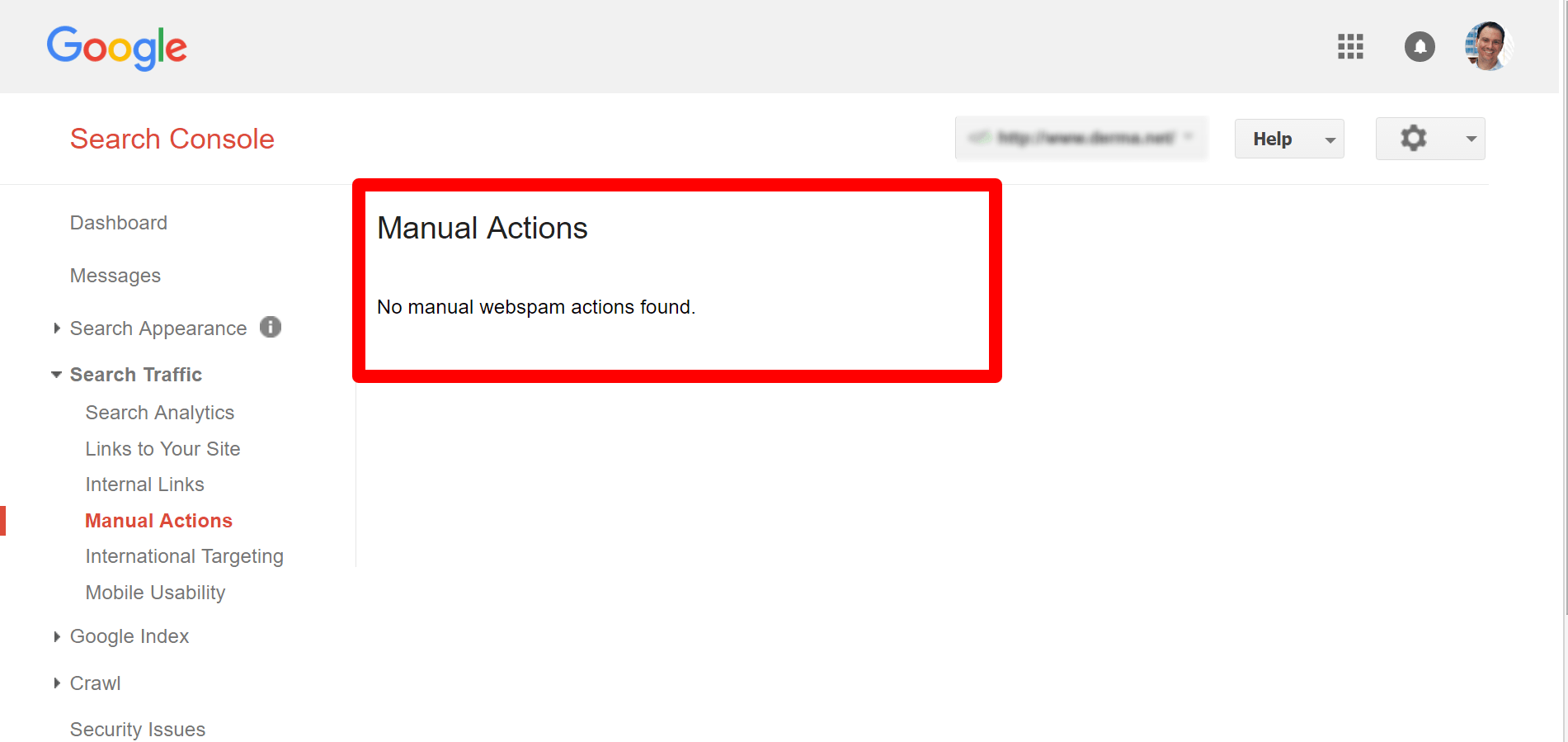Google Sandbox: The Purgatory For Digital Marketers
We recently launched a redesigned website for a client on a newly purchased domain. We carried out all the best practices for launching a website on a new domain. Additionally, as we do for all our clients, we implemented the steps of on-page and off-page SEO. All signs pointed in the right direction until this happened.
Our organic traffic decreased by more than fifty percent for our targeted keywords. This was perplexing, since we carried out the best practices of Search Engine Optimization. After weeks of research, we discovered the answer to this mystery. The answer was Google Sandbox.
What Is the Google Sandbox?
For my Catholic friends, Google Sandbox is the digital marketing version of Purgatory. It's described as a temporary filter applied to new sites to uncover any unacceptable SEO practices. During this period, sites within the sandbox rarely rank high in search results. It is a probation period of sorts. When your site enters the sandbox, it is not instantly associated with the evil, spammy sites. It just places you in the same “waiting room”.
The Google Sandbox is different from a Google penalty. Sites penalized by Google will lose indexed pages and will not rank in direct search queries. Sites placed in the sandbox are still indexed and will appear in search rankings.
Why is my site placed in Google Sandbox?
Your site has broken one of the ten commandments issued by God to Moses on Mount Sinai.
Well, not quite. If websites are using tricky SEO methods, placing them in this sandbox will prevent high rankings in search results. We have listed a few of the key criteria considered by Google for the sandbox.
1. Your domain is brand new.
2. Transferring your existing site to a new domain.
3. Site has recently acquired a significant number of new links.
4. New websites using competitive keywords.
5. An association with spammy, low-quality links.
6. Any other black-hat SEO method.
How long will my site stay in the Google Sandbox?
Between one thousand and two thousand years. A Spanish theologian from the Middle Ages once argued that this is the average amount of time a Christian spends in Purgatory.
Sandbox time is an estimate only and can vary. Many sources estimate a time range between three to six months. Doesn't that sound much better than two thousand years? In the case of our client, it was approximately three months.
How Do I Know If My Site Is in the Google Sandbox?
A Catholic priest will inform you during your confession. Actually, this would be a much easier way to find out, but it is not the case.
The first step is to ensure your site has not suffered a Google penalty. You should access your portal in the Google Search Console tool. The "manual actions" section of your portal list any manual penalties with a description. If there are no penalties, the message will look like the image below. You don’t get any messages about algorithmic penalties. The only way to spot them is by observation.
We have listed a few indicators below that can help in determining if your site is in the sandbox.
1. Irregular organic traffic trends.
2. Challenged in ranking high for relevant keywords.
3. Site is ranking for secondary keywords, but not ranking for the primary and important keywords.
4. Site has shown a dramatic dip in organic traffic.
5. The domain authority for your site has dropped in a short period of time.
There is a free online resource available for testing your site for the Google Sandbox. We used this resource for our client, and we received the following message.
What Is the Goal of Google Sandbox?
The ultimate goal is to pressure you into confessing your sins.
Actually, the only sins Google cares about are the ones related to your domain. Google is trying to determine one of two paths for your site during its stay in the sandbox.
1. Google is determining if you have been implementing sneaky seo methods. If so, your site will receive a penalty from Google.
2. Google is determining if you have implemented the best practices of SEO. If so, you will enter the pearly, white gates of search ranking heaven.
What should I do after discovering my site is in the Google Sandbox?
Start by reciting ten Our Father and five Hail Mary prayers. Just kidding, prayers will not work in these circumstances.
Don’t panic. The selection process does not distinguish between a good and bad site, so Google is not picking on you. We understand how a sandbox placement can be demoralizing. You've worked hard and have taken the right steps with your web strategy, right? So, why are you punished for good work? If a competing site did half your work and ranked higher than you in search, how frustrated would you be? The Google Sandbox prevents cheaters from experiencing the benefits of high search rankings. It also rewards the sites that are implementing the right strategy. Unfortunately, this process takes time. Sitting in the same waiting room as the cheaters stinks. But, it is a small price to pay when you understand the long-term benefits.
Companies should still follow the best SEO practices while in the sandbox. Creating original and relevant content that is shareable on social media is also encouraged.
You should also consider implementing the following steps:
1. Analyze current inbound links. Are any links unnatural or not associated with your business? Are there any links with low domain authority pointing to your site? If so, you may want to consider a disavow plan.
2. Earn quality inbound links to your site. For more information, reference one of the most comprehensive content pieces on link acquisition.
3. Make your web pages accessible to search engines by installing sitemap.xml and robots.txt files.
Conclusion
It is not the end of the world if your site is in Google’s sandbox. Google places many normal sites in the sandbox daily. Once placed in the sandbox, it could take up to six months to recover from this probation period. While this is a small setback, it is much better than receiving a penalty from Google. It is also a more attractive alternative to spending over one thousand years in Purgatory.
Please let us know if you have any experiences with Google Sandbox.











